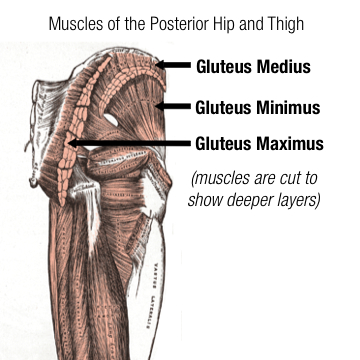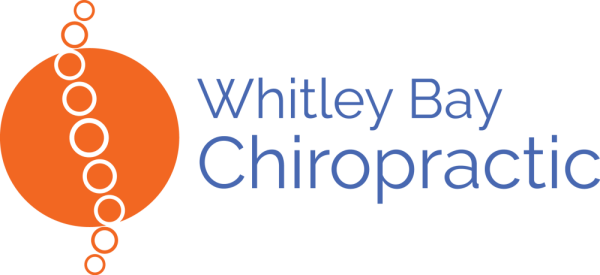“My glutes don’t fire”- Glute Amnesia and Corrective Exercise

Twitter Manual Therapy UK for more original content, and information on my workshops!
Over the years, I have tested the movement function of quite a few high level athletes. About 20% who have great difficulty with the tests, and aren’t interested in doing the activation drills to improve their “flaws”. I’m always surprised by this attitude, and wonder where this bias comes from.
One of the worst examples I have seen of an athlete not wanting to change her training for even a short span was a Crossfit champ who couldn’t roll over. She said to me, “I don’t do corrective exercises”.
A fine example of how this bias is spread is this article in T-Nation by Mark Rippetoe. Here is the opening:
- One barbell and a few basic exercises have packed on strength and size for decades. So why are you isolating tiny muscle groups?
- Your muscles are firing, no matter what the physical therapist tells you. You’re just weak.
- Think twice before you listen to a physical therapist or rely on his weenie “corrective” exercises.
While I agree with some of the content of the article, IMO the article is packed with straw man arguments! In doing some research before writing this post I found this podcast by Bret Contreras and Jon Fass. These two know their research on the topic, if you have over two hours to spare it is full of great content picking apart the bold statements in the article. While research based training isn’t perfect, I prefer the research based approach to training these two espouse versus the simplistic approach of the author of the article.
Here is what I thought was worth noting on the topic:
1. If you think about contracting your glutes more, they will and the hamstrings will activate less. If the nerve to a muscle is healthy, the muscle always “fire”. It is a question of semantics. Glute amnesia involves a muscle contracting less than it should, not a complete absence of “firing”. For example, if an individual has difficulty keeping the knees out when squatting use a band around the hips to help facilitate a change. Lower limb injuries do cause decreased glute “firing”, and does good form “cure” this? In most cases, No.
Side note: The human hand can’t tell by touching if the glute is “firing” after the hamstring. It is just a matter of milliseconds.
2. Anecdotally, I have seen the hip ROM of serious lifters massively increase (and maintain it) after activation work. I also see serious lifters fail stability tests and have great difficulty with rolling drills. After a few weeks of corrective exercises they improved. Lifting heavy weights with good form was not enough.
3. I do think that rehabilitation is often too reliant on theraband. Would more patients be better served by progressing with deadlifts? Yes. Corrective exercises have their place, and are just a step in a process.
4. Not all asymmetries are worth trying to change. Contreras did a great article on fixing glute imbalances. Human movement is varied, and therapists can make themselves busier by getting negative thoughts into a patient with movement “flaws”. Here are the glute medius exercises I recommend in an ordered progression of difficulty.
5. Barbell deadlifts and squats are not always the best for every individual. Machine lifting has its’ place, as does unilateral training. This study found that unilateral training improves unilateral jumping.
6. Motor control issues often prevent a deep squat from happening, “weenie” corrective exercises help address this not just “good form”.
7. There is evidence that soft tissue work can help with glute medius problems:
“ART may be usable to treat low back pain. ART was presented to reduce pain level of low back in people with chronic low back pain.”
8. Black and white statements based solely on observations, make a writer look foolish in most cases. I prefer to trust those who admit they don’t know everything and aren’t afraid to pull a 180 if the evidence changes.
Follow on Twitter Manual Therapy UK
Find an ART provider near you.
You may also like.
Articles I wrote or contributed to:
Telegraph The ART of Active Release Techniques for Injuries
STACKNew Age of Golf Training is Creating Stronger and More Athletic Golfers
Athletics Weekly Performance Therapy for Greg Rutherford
220 Triathlon ART- How is it different from sports massage
Vigour Magazine ART can release tight muscles to improve performance
ProgenexART for CrossFitters
FIT Institute Research based hamstring therapies
TPI What Performance Therapy Looks Like For Top Golfers
